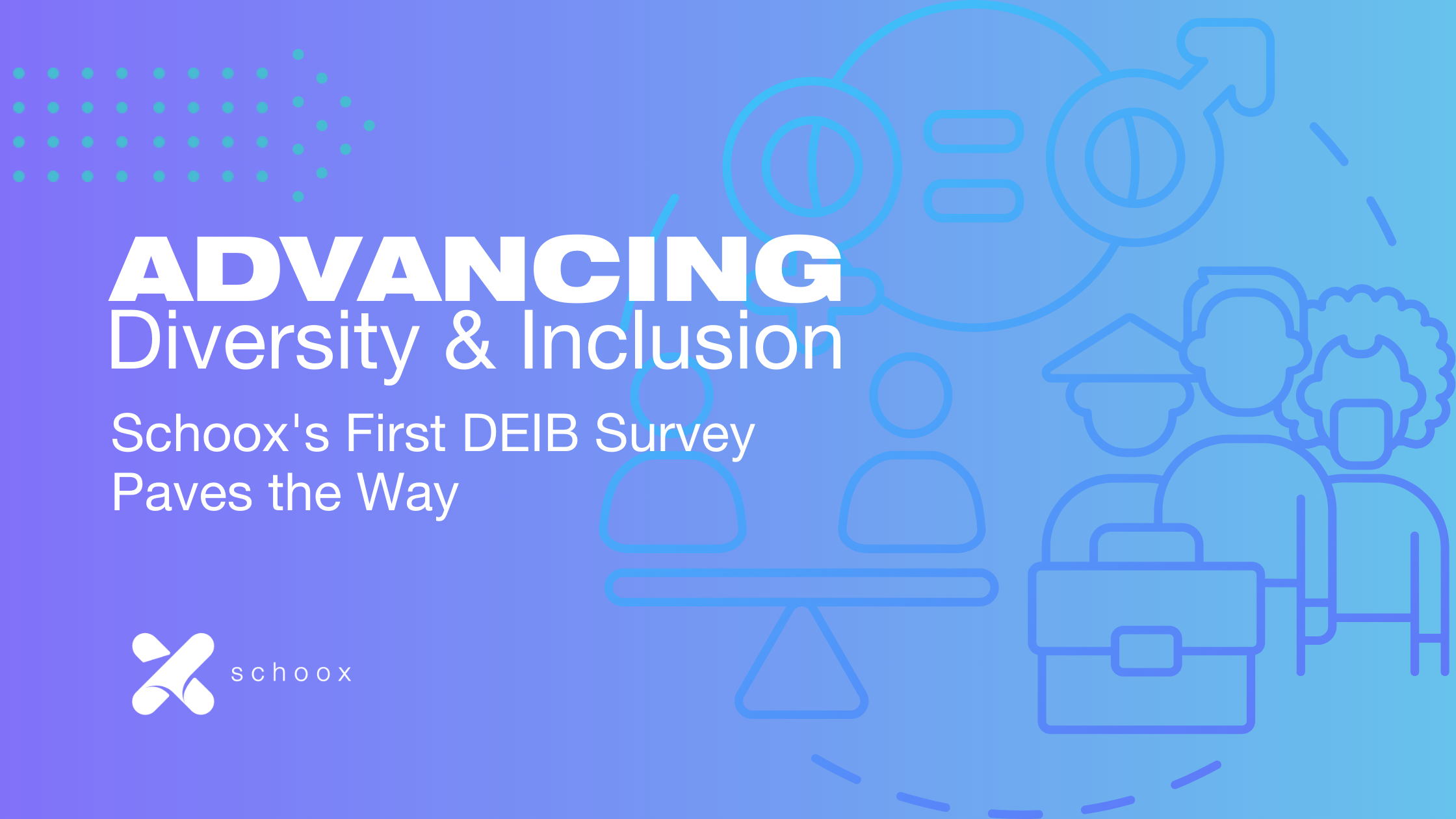December 18, 2020
5 Min. Read

A company’s culture affects everyone within it. It can generate happier employees and greater business success, but it can also have a negative impact if concerns aren’t raised and addressed. But how can you access employee insights into your organization’s culture?
Schoox’s VP of Learning and Brand Success, Matthew Brown, reveals how you can discover the nuances of your organization’s culture and why it’s important to pay attention to it in this episode of The Learning Xchange. He dives deep into how you can operationalize learning and development to achieve your ideal company culture.
Listen to this episode of the podcast below:
Or keep reading to learn more about the link between L&D and organizational culture.
What is organizational culture?
Culture can be hard to define as it manifests in different ways in each organization. But, broadly speaking, organizational culture is the way that employees behave with one another within a company.
You can find culture in employee interactions, communications, attitudes, and more. The umbrella term ‘culture’ is built by the small nuances affected by perceptions of the unofficial dos and don’ts. Every organization has a culture, and it’s not fixed. It’s dynamic and can evolve in small ways over long periods of time, or quickly with big changes such as bringing in new employees or restructuring.
Culture doesn’t always stay within an organization. It can also impact how the public views your company. If your organization puts its values at the core of its culture, it can be a positive thing and attract great employees and other business opportunities. But a negative workplace culture can damage an organization’s reputation.
How understanding your organization’s culture can benefit you
Navigating a new company culture can feel like everyone’s speaking a different language to you. However, once you learn how to communicate, you can begin to make progress.
Think about when you first join a new company or organization. There are often two types of introductions: an official orientation and the tips that friends and colleagues will give you. These are both necessary for understanding how to make progress within the organization.
If you’re in a role that’s connecting with a wide range of employees or driving change, the last thing you want is to be pushed back on. Getting off-the-record advice from your team members can help you avoid any potential ‘landmines’ and move forward more harmoniously with the organization.
You can make a greater impact once you understand your company’s individual culture. It becomes a guide to what will and won’t work within your organization. For example, L&D programs may be met with resistance if they’re not approached in a way that’s conducive to the organization’s culture. Learning how people prefer to communicate and adapt to change means you can leverage your initiative more successfully.
How L&D can elevate organizational culture
If your organization aims to enhance its culture, the best way is to establish culture ambassadors. Every department contributes to culture so it’s crucial to find out what they bring to it. By connecting with them you can find out what works and start to drive change.
L&D and HR departments should already be connected with most, if not all, individuals across the organization. These are the perfect culture ambassadors as they are both the face of the company and have a trusting, working relationship with employees. L&D can play a hugely important role in upholding the company culture as they often strive to help people feel good and engaged with the workplace.
If your role is within L&D or HR, you’ll be committed to ensuring all employees have a positive working experience. To achieve this, you need to manage the culture’s development across the board. By demonstrating behaviors and modeling interactions L&D can establish and support the company’s ideal culture.
L&D should take every opportunity to reinforce culture and drive messages within their organization. This includes incorporating culture elements into your learning activities. Whether learning is conducted in person, online, or is synchronous or asynchronous, L&D should find ways to include culture messaging in every employee interaction.
Why learning experiences shape organizational culture
Learning experiences are a great way to get feedback from your employees, helping you mitigate organizational culture. Training courses’ discursive nature and the repeated encouragement for employees to voice opinions often open discourses beyond training.
Training courses are a safe space for discussion and feedback, and these employee insights are the most valuable way to understand the nuances of your company’s culture. The relationship between trainer and learner cultivates trust, so L&D has a unique chance to uncover an employee’s true thoughts. This is a window of opportunity to find out what’s working in a company’s culture, what isn’t, and how they think you can improve. These ideas may well already be present within your culture, but their messages aren’t getting to the right people.
If people are voicing unhappiness about something within your culture, then your organization needs to take action. A negative subculture can result in employee disengagement and reduced productivity, for example. L&D can be a bridge as their relationships allow people to communicate their honest feedback.
Using this relationship, L&D can be instrumental in transforming negative experiences into catalysts for change and focus on improving employees’ perception of the organization. To find out more about how to encourage relationship building within your organization, listen to episode nine of the Learning Xchange.
How to contribute to your organization’s culture
Everyone can contribute to their company’s culture by looking for opportunities to reinforce values, beliefs and standards that are important to the organization. This might be subtly in casual interactions or more overtly, for example, in training courses.
The key thing to remember is that culture is present for all employees, so it can only progress if everyone is on board. Relationship building ensures that everyone is on the same page and working towards a united goal. This will not only get you towards your organization’s ideal culture faster, but more successfully too. So, ask yourself, how can you meaningfully contribute to your company’s culture today?
Thank you for reading this podcast episode summary. If you enjoyed it, please check back for more blogs every week or subscribe to The Learning Xchange on your favorite podcast app to never miss an episode. It’s available on all the usual podcast apps.



